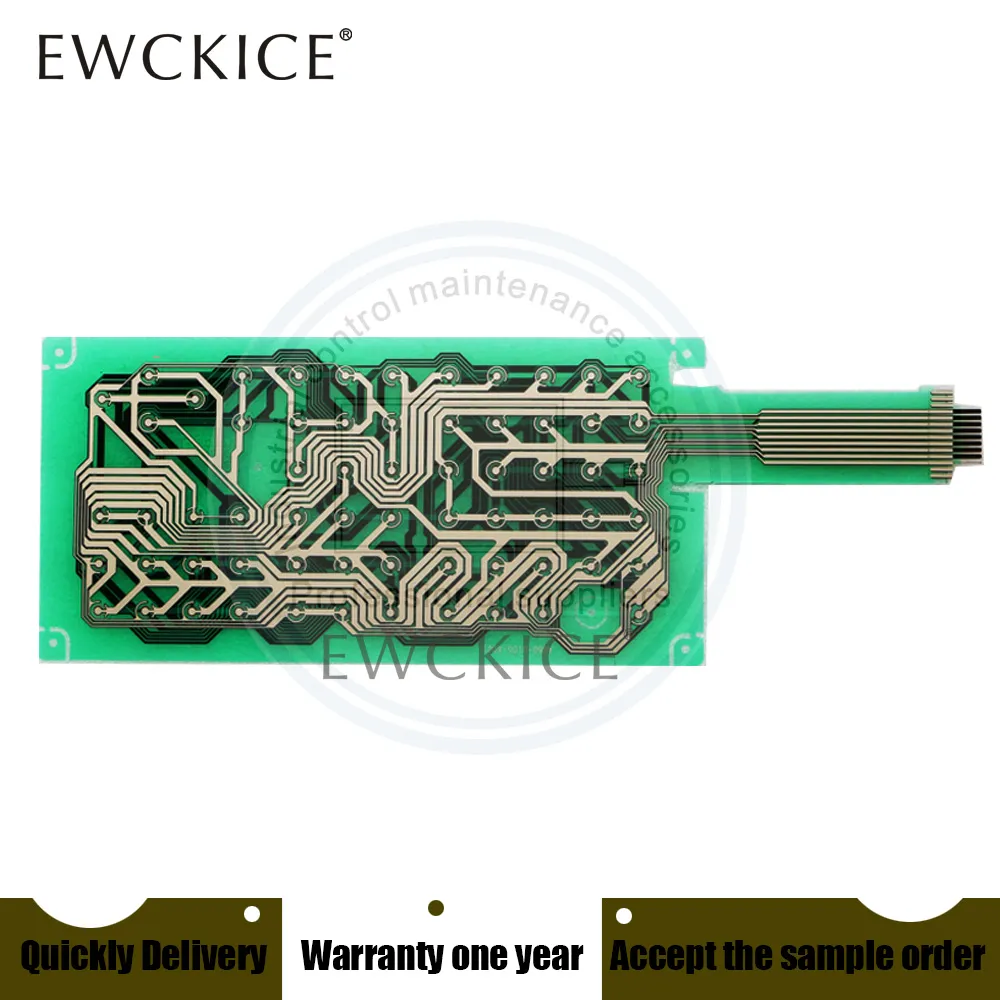Explore the Benefits of Using a Membrane Switch in Modern Devices
Explore the Benefits of Using a Membrane Switch in Modern Devices
Blog Article
Recognizing Membrane Switches: The Secret to Durable and Trusted Controls

What Are Membrane Layer Switches?
Membrane layer buttons are an advanced option in the realm of interface innovation, combining performance and design flawlessly. These devices serve as a user interface between individuals and electronic systems, incorporating a number of elements into a portable style. Commonly constructed from flexible, slim layers of materials, membrane switches are designed to respond to touch, allowing individuals to engage with equipment and electronic gadgets properly.
The key components of a membrane switch consist of a printed circuit layer, graphic overlay, and a spacer layer that stops unintentional activation. The graphic overlay can be tailored to mirror brand name identity or customer preferences, enhancing aesthetic appeals while making sure use. Membrane buttons are generally used in different applications, including clinical tools, consumer electronics, and commercial equipment, owing to their sturdiness and resistance to environmental aspects such as moisture and dust.
Among the key advantages of membrane layer buttons is their capacity to endure wear and tear, making them optimal for high-traffic environments. In addition, they are lightweight and call for minimal space, permitting cutting-edge designs in product growth. Generally, membrane layer switches over represent a sensible and effective option for modern-day electronic user interfaces, marrying technology with user-centric layout principles.
Exactly How Membrane Layer Changes Work
The operation of membrane layer switches over joints on a basic yet efficient system that converts individual input into electronic signals. When an individual presses the button, the top layer deforms, permitting a conductive element in the circuit layer to make call with a matching conductive pad on the bottom of the visuals overlay.
The design of membrane layer switches can differ, however they frequently integrate domes or tactile elements to give comments to the individual, improving the overall experience - membrane switch. The materials made use of in membrane layer buttons, such as polyester or polycarbonate, add to their resilience and resistance to environmental variables, consisting of wetness and dirt. The published circuits are usually enveloped, which safeguards them from wear and tear over time.
Benefits of Membrane Layer Buttons

Furthermore, membrane switches are known for their sturdiness. Constructed from robust products, they are immune to dirt, moisture, and physical wear, which substantially extends their life expectancy contrasted to conventional mechanical switches. This toughness makes them specifically suitable for high-traffic settings and applications requiring durability.
Another considerable advantage is the convenience of cleaning and upkeep. The smooth surface of membrane switches lessens dirt accumulation and is frequently unsusceptible spills, making them perfect for setups that call for frequent sanitization.
Furthermore, membrane layer buttons offer a streamlined profile, bring about a thinner layout that can be incorporated into different tools without including bulk. This feature not only improves learn the facts here now the visual charm however likewise contributes to a much more ergonomic item style.
Applications of Membrane Buttons
Flexible and easy to use, membrane layer switches discover applications across a variety of markets, consisting of medical devices, consumer electronics, and commercial devices. In the medical area, these buttons are indispensable to devices such as analysis tools, client monitoring systems, and mixture pumps, where reliability and convenience of cleansing are critical. Their capability to maintain and endure extreme atmospheres performance makes them suitable for such applications.

In customer electronic devices, membrane buttons are made use of in items like microwaves, washing devices, and remote controls - membrane switch. Their smooth design permits for instinctive customer interfaces, enhancing the general individual experience while offering durability and resistance to tear and wear
Industrial tools also takes advantage of membrane layer buttons, particularly in control panels for equipment and automation systems. These buttons supply defense versus dirt and wetness, guaranteeing consistent performance in challenging atmospheres. Furthermore, their adjustable features permit manufacturers to tailor them to details operational needs, boosting efficiency and capability.
Picking the Right Membrane Layer Change
When picking a membrane layer switch, it is important to see here now take into consideration various variables that affect efficiency and suitability for particular applications. The main factors to consider include ecological problems, responsive comments, sturdiness, and layout specifications.
First, examine the operating environment; buttons subjected to wetness, chemicals, or extreme temperature levels need certain products to ensure durability and capability. Next off, evaluate the requirement for responsive responses. Depending upon customer communication, some applications may gain from a tactile reaction to confirm activation, while others may choose a non-tactile design for aesthetic reasons.
Durability is an additional essential element; membrane switches ought to be designed to endure frequent usage, influences, and abrasion. Make certain the selected switch can endure the expected lifecycle, particularly in high-usage use this link circumstances.

Final Thought
In final thought, membrane layer changes serve as essential parts in the layout of sturdy and trusted control systems across numerous industries. The flexibility of membrane switches permits for tailored solutions that satisfy details operational needs, strengthening their importance in modern technology.
Membrane changes represent a crucial element of modern user interface layout, mixing performance with durability in numerous applications.Membrane layer buttons are a sophisticated solution in the world of individual interface modern technology, incorporating functionality and layout effortlessly. Generally built from adaptable, slim layers of materials, membrane switches are developed to react to touch, making it possible for users to engage with equipment and electronic devices properly.
The design of membrane switches can differ, but they usually include domes or tactile aspects to provide feedback to the user, improving the general experience.In conclusion, membrane layer changes offer as vital components in the style of durable and dependable control systems throughout various markets.
Report this page